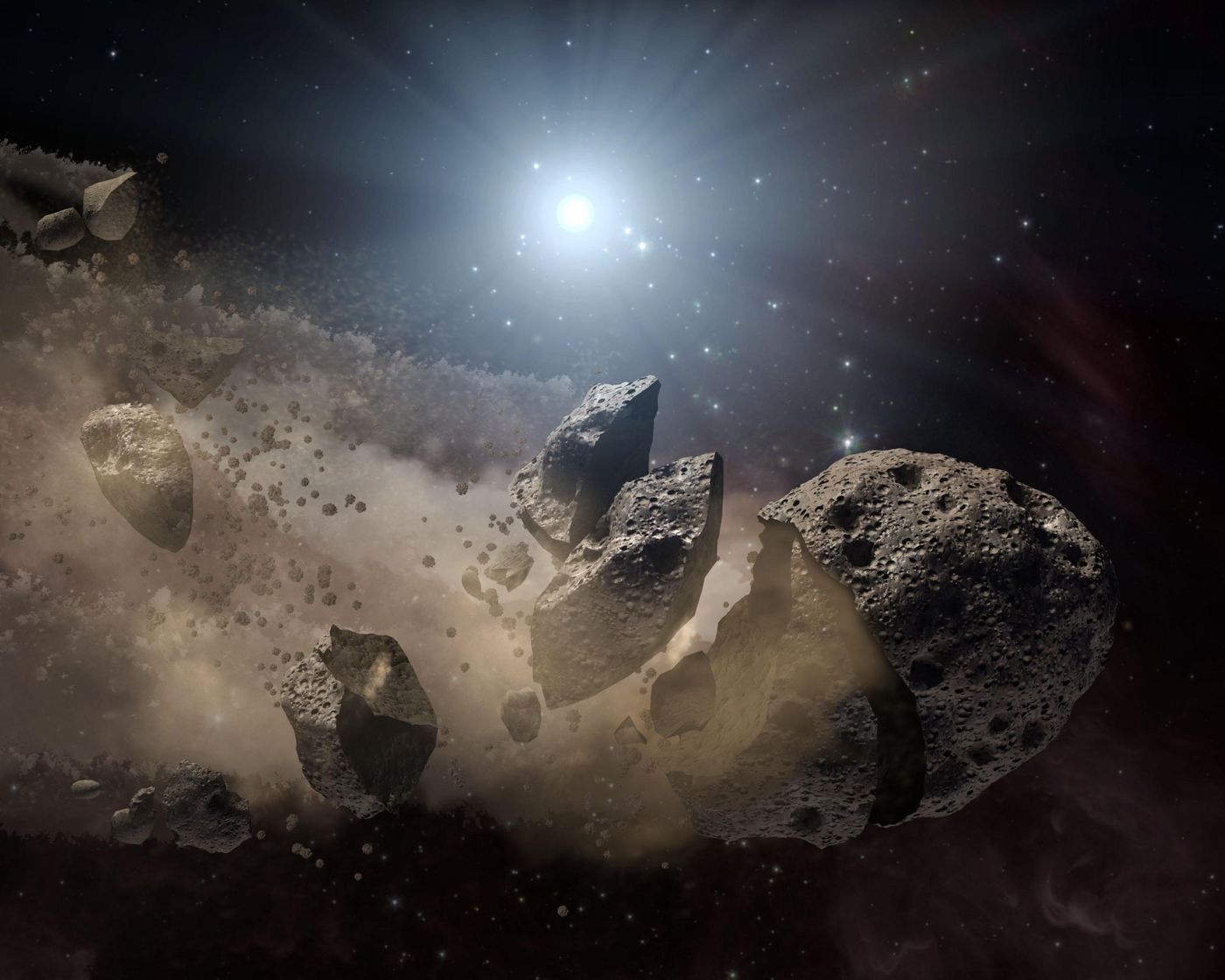Are There Fewer Near-Earth Asteroids in Space Than Initially Thought?
Space rocks are a hot commodity lately; namely asteroids. Not only have several skimmed past the Earth within uncomfortably-close proximities recently, but researchers eventually want to grab samples of nearby asteroids to obtain a deeper understanding of their compositions.
Image Credit: NASA/JPL-Caltech
Planetary scientists and astronomers alike refer to asteroids residing closes to Earth in the solar system as Near-Earth Asteroids (NEAs), and as of October 3rd, experts believe say there are as many as 16,729-known NEAs.
The latter range in size and most measure under 1 kilometer in diameter, but the number of unknown NEAs is what worries most experts because it's what we can't see that pose the highest threat to Earth.
Astronomy aficionados are familiar with the back-and-forth banter between researchers, with some claiming there are more undiscovered space rocks in our neighborhood than we give credit for, but planetary scientist Alan W. Harris seems convinced of just the opposite.
Related: Regarding asteroid collisions, size does matter
His latest calculations reveal how we might be over-estimating the number of undiscovered NEAs out there, and he plans to unveil his findings at the 49th annual Division for Planetary Sciences meeting, which takes place in Provo, Utah this week.
Many initial estimations, including some that Harris himself made, could be flawed because of a ‘rounding error’ in the algorithms used. Correcting that oversight reportedly yields notable changes to the amount of possible undiscovered NEAs.
Uncorrected, the error could drive one to think that more than 100 unidentified NEAs measuring more than 1 kilometer in diameter lurk in the shadows around us. Upon fixing the mistake, the numbers highlight that there are just 30-40 unknown NEAs of this flavor residing in our planet’s neighborhood.
If that wasn’t enough to raise some eyebrows, it’s fascinating to point out that Harris’ corrected figures agree with NEA estimates given by other entities. Interestingly, these estimates are unrelated to Harris’ and use entirely separate algorithmic calculations to achieve their numbers; that said, he might be onto something here.
There’s no sure-fire way to know precisely how many undiscovered NEAs reside in the solar system because they’re… well… undiscovered. That said, all we can do is predict their existence based on how many that we’ve found so far within a confined chunk of space.
It should be interesting to see how the scientific community responds to Harris’ update, and whether it will have any implications for the way we study the solar system.
Source: Phys.org









